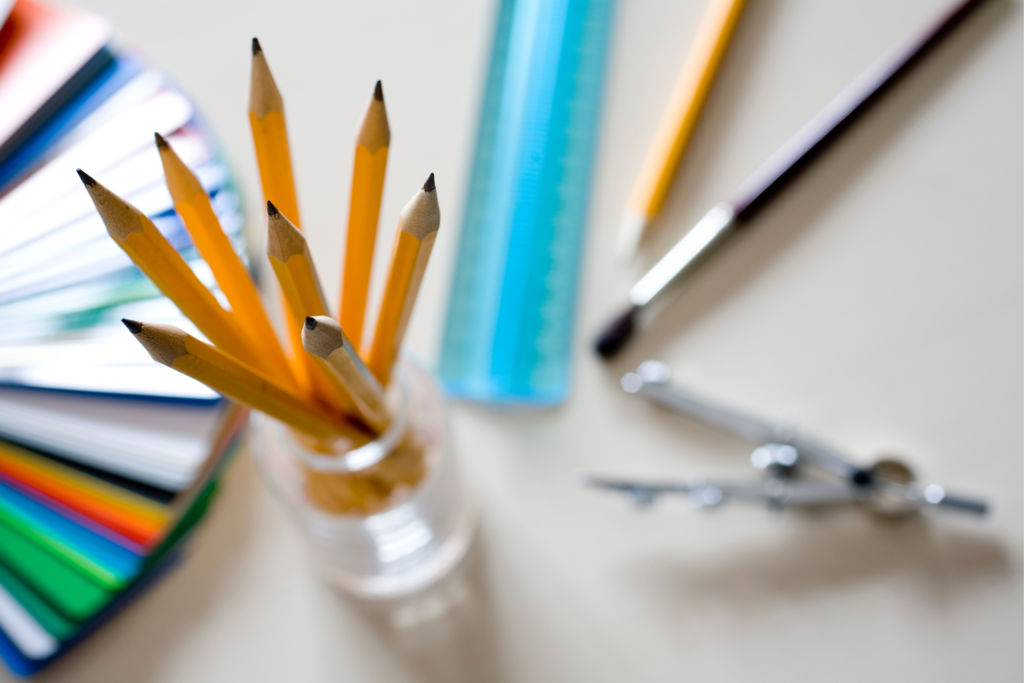What A Proper Website Should Look Like

With millions of website strategies available, you may wonder what an appropriate website should look like. But, before that, do the looks even matter? Well, sure, pretty, you have clicked on some websites and gone “WOW” at first glance; plus, you didn’t have any problem getting what you were looking for, and it felt like […]
6 Easy-to-use Graphic Design Tools

Graphic design: what is it? The production of visual compositions for problem-solving and concept communication using text, imagery, colour, and shape is known as graphic design. There are various forms of graphic design, each with a specific area of competence because there is no single best approach to accomplish that. Graphic design is described as […]
Website Design Trends in 2022

Web design has gone way beyond how it was about a decade ago. Gone are the days when many design-related elements were unessential on a website. With millions of people surfing the internet for new adventures daily, first design impressions matter; people are more focused on designs, how accessible the website is, easy navigation, and […]
